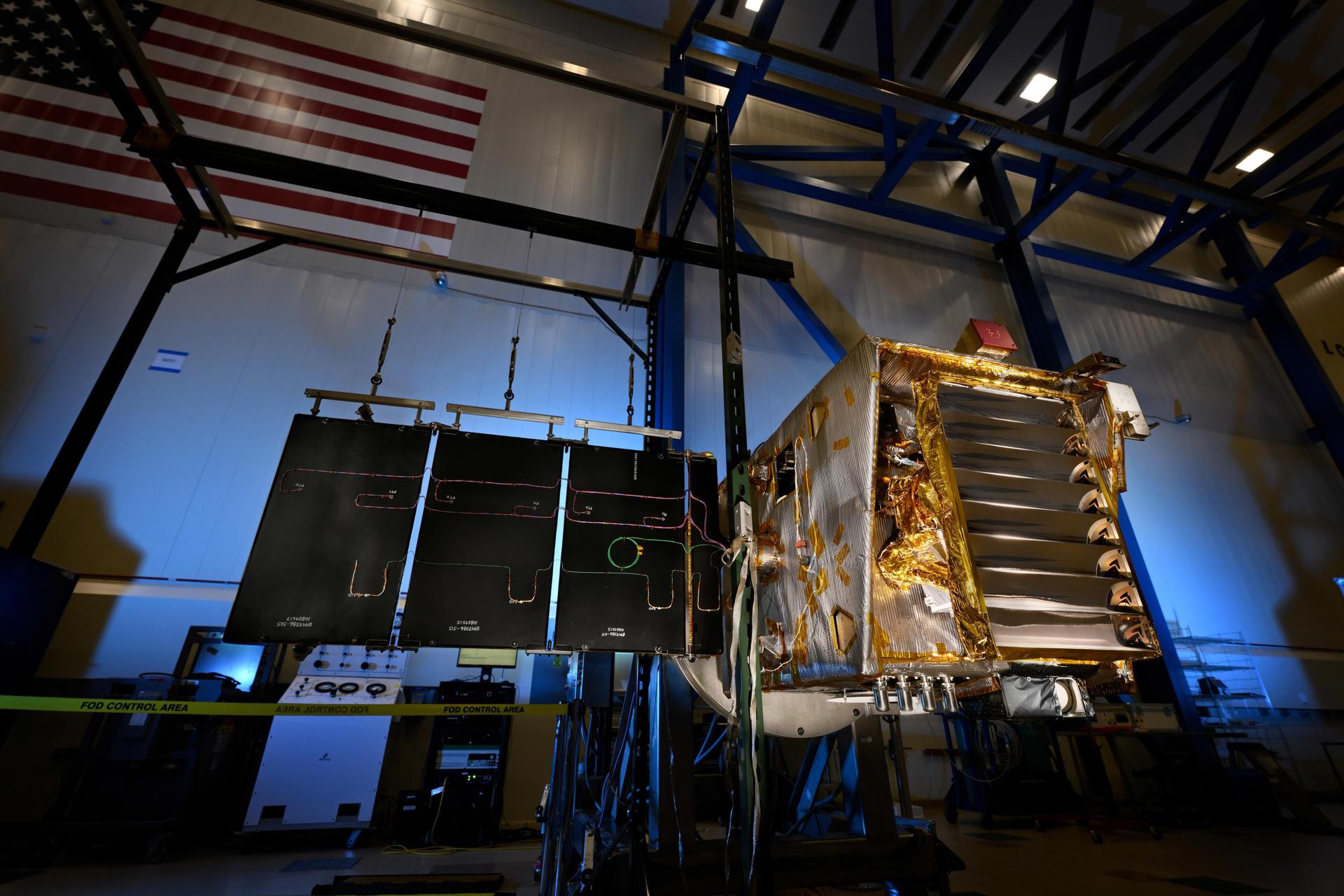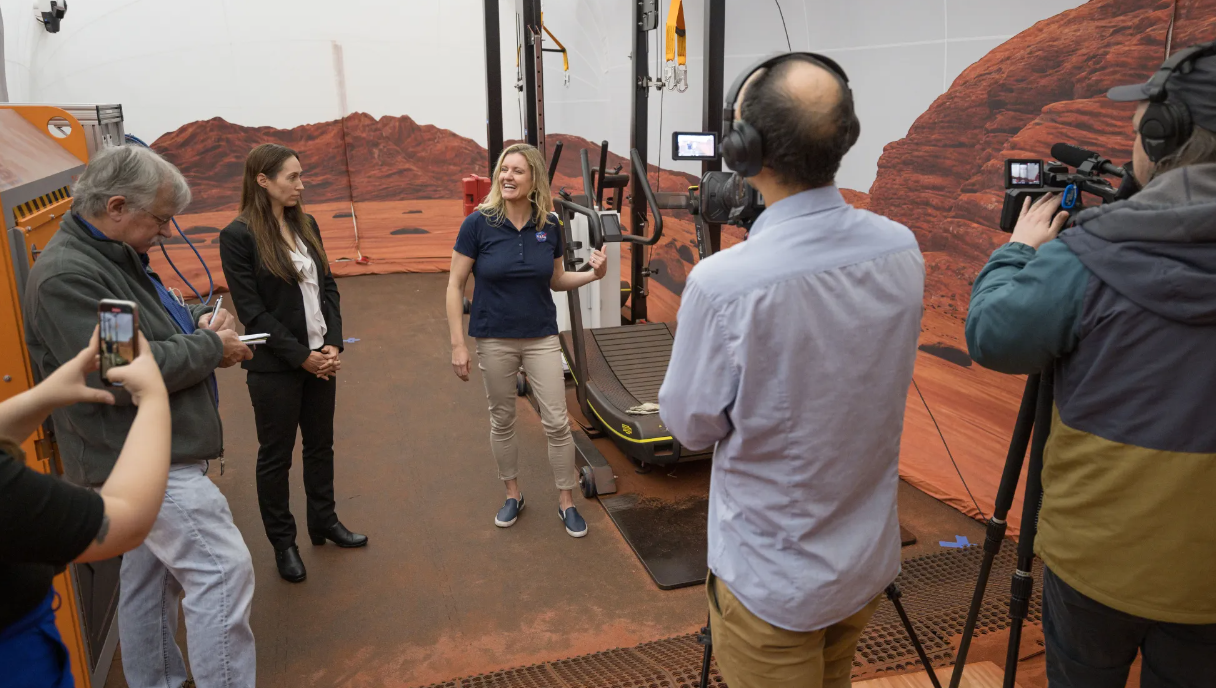Now Reading: NASA Concludes Lunar Trailblazer Mission
-
01
NASA Concludes Lunar Trailblazer Mission
NASA Concludes Lunar Trailblazer Mission

Swift Summary
- NASA’s Lunar Trailblazer mission ended on July 31 after losing contact with the spacecraft a day following its February 26 launch.
- the satellite aimed to map water on the Moon, analyze its form, quantity, and variability over time to advance scientific understanding and aid future exploration.
- Contact was lost due to improperly oriented solar arrays causing battery depletion. Efforts to re-establish dialog failed as the spacecraft drifted further into deep space.
- Observations showed Lunar Trailblazer in a slow spin trajectory beyond the Moon; global collaborators supported attempts at recovery without success.
- The mission carried two science instruments:
– HVM³ Imaging Spectrometer (by JPL) for detecting lunar water/minerals.
– Lunar Thermal Mapper (by University of Oxford) for temperature data and silicate composition analysis.
- Despite failure, technologies developed during this mission will be utilized in future projects like NASA’s Artemis lunar terrain vehicle instrument.
Indian Opinion Analysis
The termination of NASA’s Lunar Trailblazer highlights both the challenges and value of small satellite missions designed under high-risk frameworks. These low-cost alternatives offer opportunities for bold scientific innovations but underscore their vulnerability due to limited redundancy measures and oversight.
For india, which is advancing ambitious lunar exploration goals through ISRO missions like Chandrayaan programs, such examples reinforce vital lessons about balancing cost efficiency with operational reliability.Furthermore, given ISRO’s pursuit of international collaborations in space science, this incident accentuates how pooling expertise-as exemplified by Lunar Trailblazer’s global partnerships-remains a cornerstone for overcoming setbacks.
India can also draw insights on leveraging technologies from failed missions-a strategy employed here where Trailblazer’s learnings will contribute to future Moon exploration tools like Artemis. As India refines its space-faring capabilities amidst global competition for lunar territory mapping resources and commercialization prospects, adopting adaptive approaches might significantly enhance resilience in subsequent ventures.
























